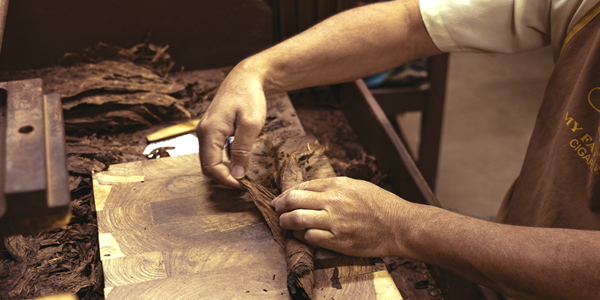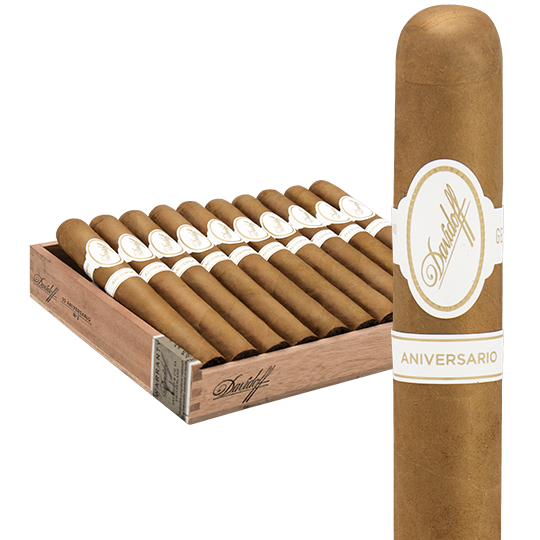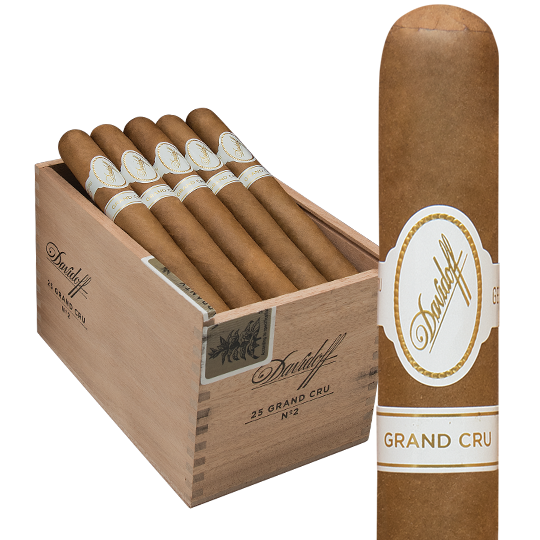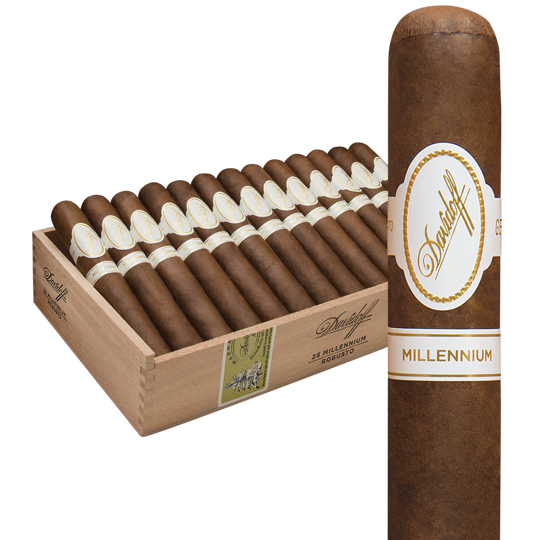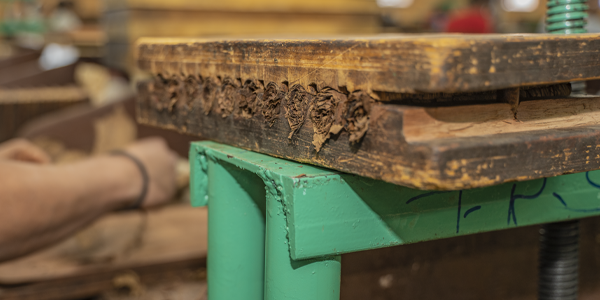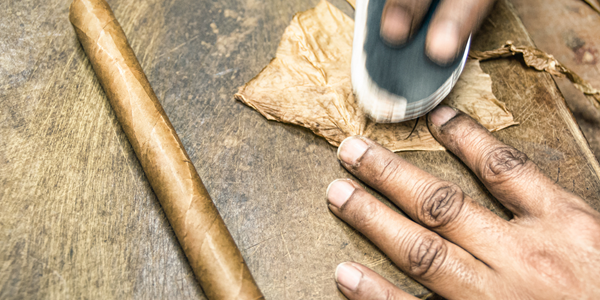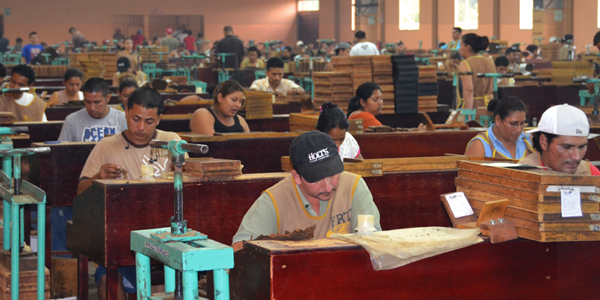What Is the Accordion Method in Rolling Cigars?
The filler of a premium, handmade cigar is comprised of long, individual tobacco leaves. They are bunched together in some fashion and then wrapped in a binder and wrapper. Over the years, many different methods of bunching the long leaves have been developed. The Accordion Method of making cigars is but one.
What Is the Accordion Method?
Imagine you’re watching a Zydeco band and the accordion music is blaring. You watch the player, then his instrument. The folded parts in the middle that the player is pushing and pulling together are called “bellows.” To simplify how the accordion makes sound, the bellows are compressed and expanded while the player presses buttons or keys. This causes pallets to open, allowing air to flow across reeds. The reeds vibrate and produce sound.
The Accordion Method works on air flow as well. Each long filler leaf in a cigar is folded, from the outside in, multiple times and laid on top of other similarly folded leaves. The numerous folds in each leaf allow for an excellent draw by permitting air to flow through easily.
Easy to Learn
The Accordion Method is simple and easy for a novice cigar roller to learn. As a result, the productivity is high. A talented cigar roller who masters this technique can roll about 200 to 250 cigars a day. By comparison, a roller using the Enutbado method, in which each filler leaf is rolled before being bunched, makes between 100 and 150 cigars a day.
Among the cigar brands using the Accordion Method are Plasencia and Davidoff.

